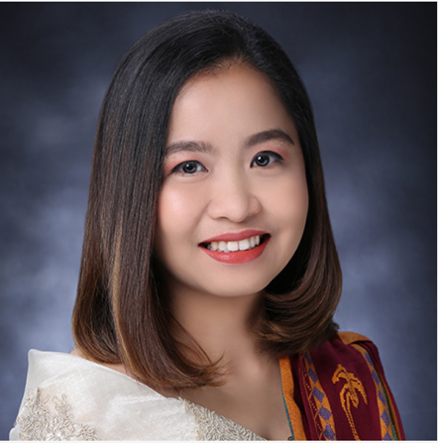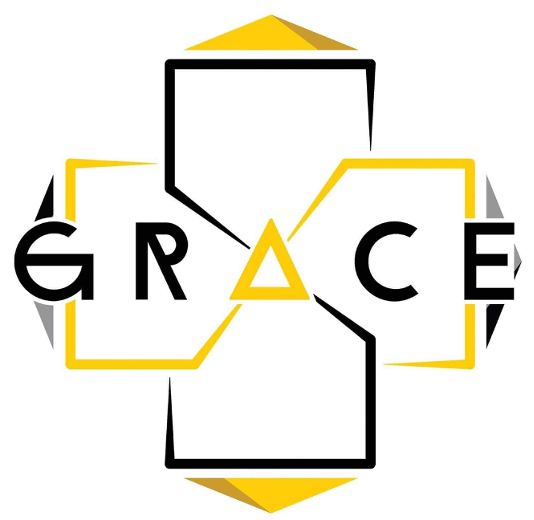The healthcare industry must promptly recognize its environmental impact and act with greater urgency. Despite the rapid technological progress, healthcare continues to consume natural resources and worsen pollution. There’s an immediate need for the healthcare sector to prioritize environmental consciousness, particularly in a developing country like the Philippines. The fundamental challenge lies in reevaluating how healthcare can improve planetary health while minimizing its substantial negative environmental footprint.
Maya Angelou once said, “Every great journey starts with a single step.” Cognizant of our challenges, the University of Santo Tomas College of Rehabilitation Sciences (UST CRS) Department of Physical Therapy has begun taking incremental measures to address the current demands in terms of restructuring the curricula, research agenda, and future steps to take.
Curriculum innovation
UST CRS Department of Physical Therapy adapted to the changes brought about by the implementation of the Republic Act 10533: Enhanced Basic Education Act, which extended the basic education system in the Philippines. Consequently, UST CRS revised its curriculum to accommodate K-12 graduates, transitioning the Physical Therapy program from a 5-year to a 4-year academic program. One notable addition to the curriculum was the incorporation of Health Promotion and Health Education for Physical Therapists, aligning with the call for integrating primary care and public health principles into education. This course addresses Sustainable Development Goal 3: Good Health and Well-being and the Philippine Development Plan Chapter 2: Promote Human and Social Development.
In 2022, third-year Department of Physical Therapy students at UST CRS engaged in practical learning applications by organizing a webinar centered on the Department of Health’s Healthy Pilipinas communication campaign. The webinar “Going Beyond Green: Environmental Sustainability in Physiotherapy” emphasized the significant role of physical therapists in promoting sustainability and environmental protection within the physical therapy practice (Figure 1). The webinar advocated waste reduction strategies, such as minimizing environmental footprints during patient care. Moreover, it encouraged behavioural changes among patients, urging them to adopt healthier lifestyle choices and environmentally friendly practices, such as utilizing low-carbon emitting transportation and engaging in outdoor activities to reduce energy consumption. By leveraging platforms like Zoom and Facebook, the webinar facilitated public awareness about the importance of sustainability in Physical Therapy. It underscored the responsibility of professionals to embrace sustainable practices and highlighted the necessity of integrating such principles into the education and training of future physical therapists.
Research initiatives
Inspired by the webinar, students during the research proposal writing were interested in exploring the relationship between the types of transportation and the level of physical activity among senior high school students from our university. In their minds, the rapid changes in technology, communication, and transportation prompted challenges in achieving the recommended level of physical activity. Although the students are returning for in-campus classes to promote more interaction and socialization, the youth still need to live up to the desired level of physical activity. Mode of transportation plays a pivotal role in physical activity, yet its relationship is poorly elucidated. Currently, they are doing an observational, cross-sectional, analytic study design and will collect demographic data, and anthropometric measurements such as height, weight, and hip & waist circumferences will be collected. The research proposal protocol is already registered here.

Donald Manlapaz (PT, PTRP, PhD)
Associate Professor, University of Santo Tomas, Philippines
Donald serves as the Chairman of the PT Department of the University of Santo Tomas – College of Rehabilitation Sciences. He completed his PhD in Physiotherapy at the University of Otago where he focused on osteoarthritis and exergaming. He is also interested in the field of technology and EPT.

Zyra Mae V. Sicat (MOH, PTRP)
Assistant Professor, University of Santo Tomas Philippines
Zyra earned her BS in Physical Therapy at the University of Santo Tomas and completed her Master of Occupational Health at the University of the Philippines – Manila. Previously with Chevron Philippines Inc. and USTH – Apolinario Mabini Rehabilitation Center, she serves as the Internship Supervisor at UST CRS, focusing on Occupational Health and Ergonomics research.

Figure 2: GRACE Hub: Generating Research Applications, Care, and Enterprise for Health
Future applications
The University received funding from the Department of Science and Technology – Philippine Council for Health Research and Development to create a health innovation hub. The University of Santo Tomas, GRACE Hub: Generating Research Applications, Care, and Enterprise for Health will be set up to lead the advancement of health research and product innovation by promoting and facilitating ideas and concepts to improve the quality of health care for all Filipinos (Figure 2). As the future collaborative hub for our national healthcare ecosystem, the GRACE Hub will ensure that the healthcare products and systems are responsive to the needs of the community. This will include innovations not just to address health challenges but also to seek solutions to environmental issues.
References
Molomolo, Z. M. P. (2018). A critical review of Republic Act 10533 otherwise known as Enhanced Basic Education Act of 2013: Implications to labor laws and legislations (Unpublished postgraduate thesis). Central Philippine University, Jaro, Iloilo City.
Das, T., Holland, P., Ahmed, M., Husain, L., Ahmed, M., & Husain, L. (2021). Sustainable development goal 3: good health and well-being. In South-East Asia Eye Health: Systems, Practices, and Challenges (pp. 61-78). Springer Singapore.

